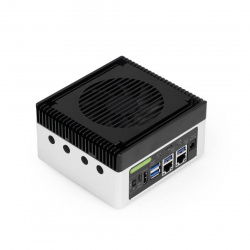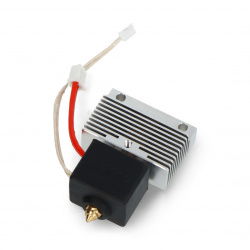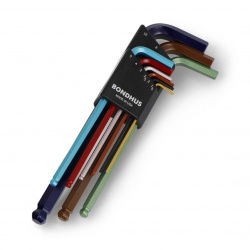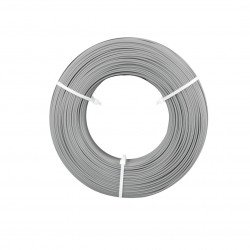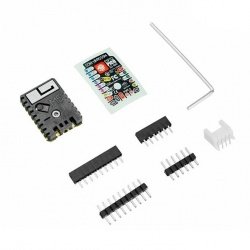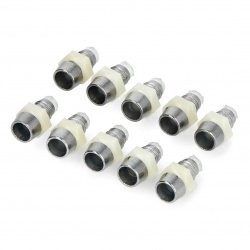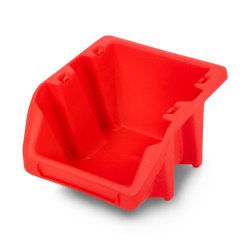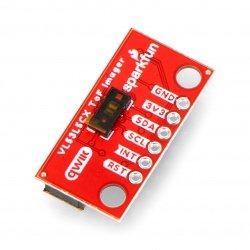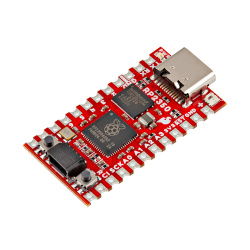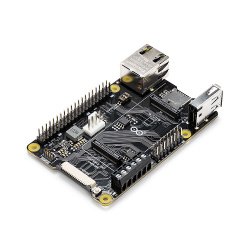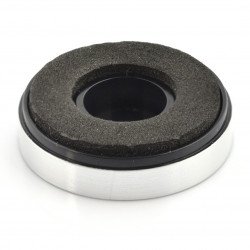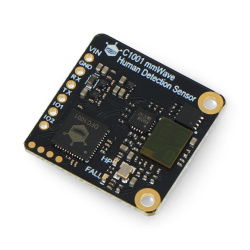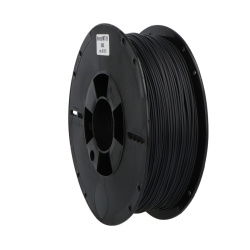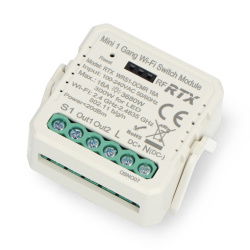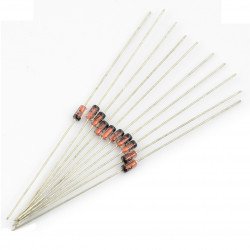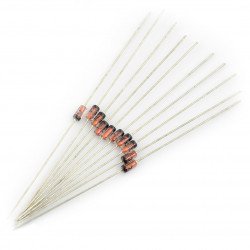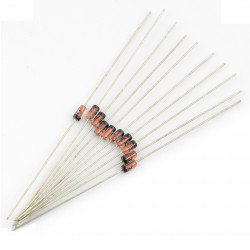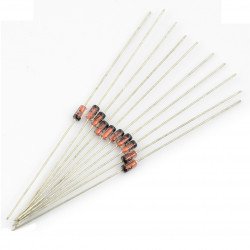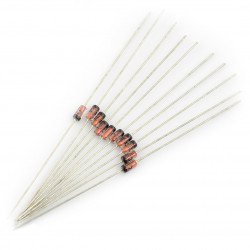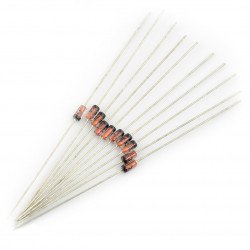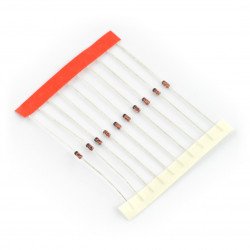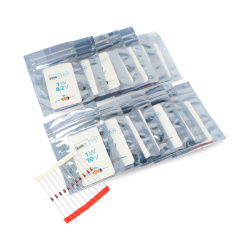Diodes using the Zener effect
The unusual phenomenon of electrical breakdown discovered by the American physicist Clarence Melvin Zener allowed the creation of a unique type of semiconductor device, the Zener diode. The Zener effect is a type of electrical breakdown.
It occurs in a diode with a PN junction, reverse biased, when the electric field allows tunneling of valence band electrons into the conduction band of the semiconductor, which leads to the formation of a large number of free minority carriers, which suddenly increase the reverse current flowing through the element.
Zener Diodes - Unique operation in the breakdown area
Characteristics of a Zener diode – the most important information. Under conditions of reverse biasing the diode at a fairly high voltage, the depletion region of the PN junction expands, which leads to the generation of a high, high-power electric field at the junction. Sufficiently strong electric fields enable electrons to tunnel throughout the depletion region of the semiconductor, leading to the generation of a large number of free charge carriers.
This sudden generation of carriers increases the reverse current sharply and causes a high-slope conductance increase in the I/V characteristic of the Zener diode. The Zener effect is different from avalanche breakdown.
The Zener voltage involves the electric field accelerating minority electrons in the transition region to sufficient energy to release electron-hole pairs through collisions with the bound electrons. Zener and avalanche effects may or may not co-occur in a diode.
Zener diode - Application and purpose
Normal diodes are not designed to operate in the fault area, while Zener diodes operate reliably in this area (voltage stabilization) . This means that during conduction, the Zener diode retains its properties.
Thanks to this unique property, they are ideal for a number of applications that take advantage of the fact that Zener breakdown in the system occurs for a precisely defined voltage for each element model. A typical application of this phenomenon is to use this type of diode as a parallel voltage stabilizer .
If such a diode is connected in series with a resistor, it will force a current to flow such that the voltage drop across the resistor causes the voltage on the Zener diode to be equal to the Zener voltage of this element. Other uses of zener diodes are surge protection .
To limit the voltage at the input of the device, a Zener diode is placed in parallel with the device - its presence will ensure that the voltage at the input will never exceed the Zener voltage of this element.































































































































































































































































































































